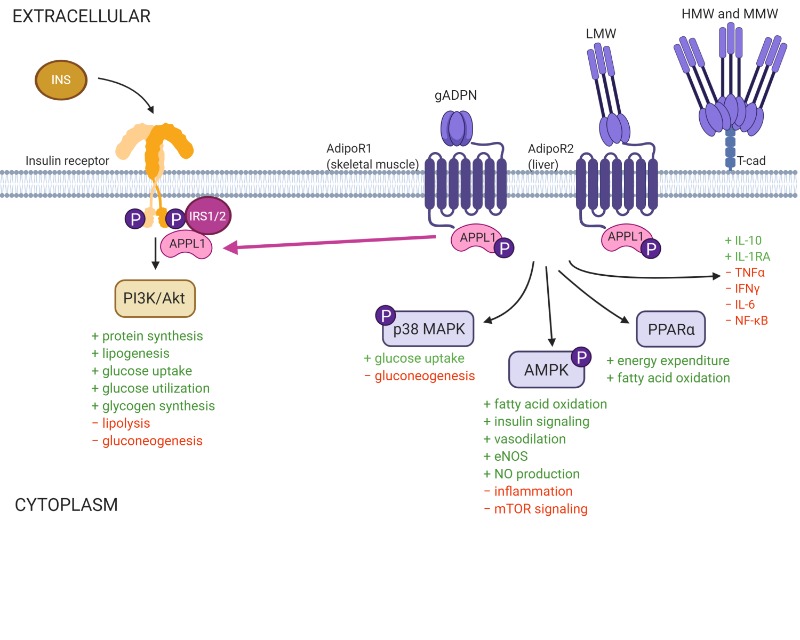PhD studentship awarded to study the role of adiponectin in equine endocrinopathic laminitis
Dr Nicola Menzies-Gow has been awarded a grant by WALTHAM/Mars Petcare UK to study ‘The role of adiponectin in equine endocrinopathic laminitis’. This project will form the basis of a PhD studentship co-supervised by Dr Menzies-Gow, Professor Jonathan Elliott and Professor Pat Harris (WALTHAM).
Laminitis is a common disorder affecting approximately 4% of the UK horse and pony population. Endocrinopathic laminitis is the commonest form of laminitis and accounts for around 90% of cases. It encompasses laminitis associated with insulin dysregulation (ID) including laminitis associated with the two common endocrine disorders equine metabolic syndrome (EMS) and pituitary pars intermedia dysfunction (PPID).
The key feature of EMS is insulin dysregulation, which manifests as hyperinsulinaemia and/or an excessive insulin response to oral carbohydrate and/or tissue insulin resistance. Additional features include obesity, hypertriglyceridaemia and adipose dysregulation manifesting as abnormal plasma adipokine concentrations including hypoadiponectinaemia. It is well established that hyperinsulinemia can induce laminitis, but the underlying mechanism remains unclear. Current research has focused on inappropriate stimulation of insulin-like growth factor-1 (IGF-1) receptors by insulin. Adiponectin is an adipokine with anti-inflammatory and insulin-sensitising actions and we have previously demonstrated that hypoadiponectinaemia, as well as hyperinsulinaemia, is a risk factor for endocrinopathic laminitis. In other species, the adiponectin and insulin signaling pathways converge at the adaptor protein APPL1 and there is emerging evidence of crosstalk between adiponectin via its receptors and both the insulin and IGF-1 receptors, resulting in increased and decreased signaling respectively.
.png)
This project will first determine whether adiponectin receptors are present in equine lamellar tissue and if there is similar crosstalk between these three signaling pathways. Secondly, the effect of hyperinsulinaemia, induction of tissue insulin resistance and pasture-induced weight gain on circulating adiponectin concentrations will be investigated in vivo. Finally, in human metabolic syndrome, dietary manipulation and pharmacologic agents are used to increase circulating adiponectin concentrations and in turn reduce the associated cardiovascular disease risk. This project will determine whether similar approaches can be used in EMS. The effect of weight loss with or without dietary supplementation on circulating adiponectin concentrations will be evaluated. Potential pharmacologic agents will be screened in vitro through evaluation of their effects on adipocyte adiponectin production. Once identified, future studies would be required to determine whether specific agents increase circulating adiponectin concentrations in EMS horses and whether either intervention decreases the risk of endocrinopathic laminitis.

You may also be interested in:
-
Cavapoo and Cockapoo designer dog breeds at high risk of tick infestation, study finds
The RVC’s VetCompass Programme reveals the dog breeds at most and least risk of tick infestation to …

